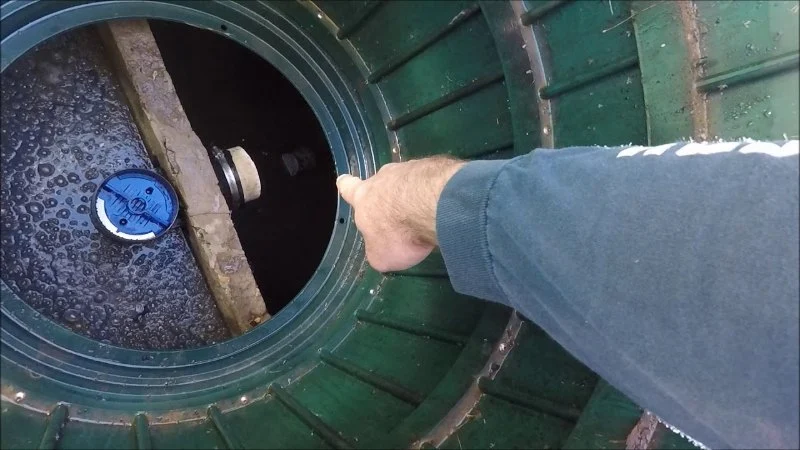
- 1. Why Cleaning Your Septic Tank Filter is Important
- 2. Tools Needed for Cleaning a Septic Tank Filter
- 3. Step-by-Step Guide to Cleaning a Septic Tank Filter
- 4. Safety Precautions When Cleaning a Septic Tank Filter
- 5. When to Call a Professional for Septic Tank Filter Cleaning
1. Why Cleaning Your Septic Tank Filter is Important
Cleaning your septic tank filter is a crucial part of maintaining your septic system. A clogged or dirty filter can lead to a range of issues, including backups, unpleasant odors, and even costly repairs. By performing regular maintenance and cleaning, you ensure that your septic system continues to function efficiently, avoiding potential problems down the line.
Regular cleaning also prevents the filter from becoming overwhelmed with debris, which could lead to the failure of the entire septic system. This step is essential for the longevity of your septic system and helps protect your property from the inconvenience of wastewater issues.
2. Tools Needed for Cleaning a Septic Tank Filter
Before you begin cleaning your septic tank filter, make sure you have the following tools:
- Protective gloves: Always wear gloves to protect yourself from harmful bacteria and waste.
- Bucket: A bucket is essential for holding any waste or debris you remove from the filter.
- Garden hose: You'll need a garden hose to rinse off the filter once it's been removed.
- Screwdriver or wrench: Depending on your system, you may need a screwdriver or wrench to remove the filter.
- Flashlight: If you're cleaning the filter at night or in a dark area, a flashlight will help you see clearly.
- Brush: A soft brush can help you scrub the filter gently without damaging it.
3. Step-by-Step Guide to Cleaning a Septic Tank Filter
Follow these simple steps to clean your septic tank filter safely and effectively:
- Locate the septic tank filter: Most septic tank filters are located inside the tank’s outlet pipe. Use a wrench or screwdriver to open the access point.
- Remove the filter: Gently pull out the filter. Be sure to handle it carefully to avoid damaging the filter or the surrounding area.
- Inspect the filter: Before cleaning, inspect the filter for any visible damage or wear. If the filter is broken or severely clogged, consider replacing it.
- Clean the filter: Rinse the filter with a garden hose. You can use a brush to remove any stubborn debris. Ensure that the filter is thoroughly clean before reinstallation.
- Reinstall the filter: Once the filter is clean, carefully place it back into the tank’s outlet pipe. Secure the access cover tightly to prevent any debris from entering the system.
4. Safety Precautions When Cleaning a Septic Tank Filter
Cleaning a septic tank filter can be hazardous if proper safety precautions are not followed. Here are some tips to ensure your safety:
- Wear protective gear: Always wear gloves, goggles, and other protective clothing to avoid contact with wastewater and harmful bacteria.
- Work in a well-ventilated area: Make sure you are working in a well-ventilated area to avoid exposure to fumes from the septic tank.
- Avoid contact with the tank’s contents: Be cautious not to touch any of the wastewater or solid waste that may be present in the tank.
- Keep children and pets away: Ensure that children and pets stay away from the septic tank area while you're cleaning.
5. When to Call a Professional for Septic Tank Filter Cleaning
While cleaning a septic tank filter can be a DIY project, there are times when it’s best to call a professional:
- If you're unsure: If you're not confident in your ability to clean the filter safely, it's best to call a professional.
- If the filter is damaged: If you notice any damage to the filter, or if it’s beyond repair, contact a professional to replace it.
- If you're experiencing recurring issues: If you've cleaned the filter, but the issues persist, it may indicate a deeper problem with the septic system that requires professional attention.
Regular maintenance is key to keeping your septic system running smoothly. If you need assistance with your septic system, consider reaching out to experts at Plumbers Supply Hub for the best products and services.

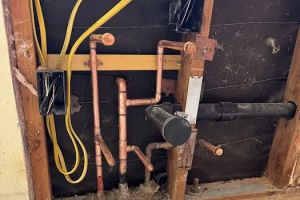
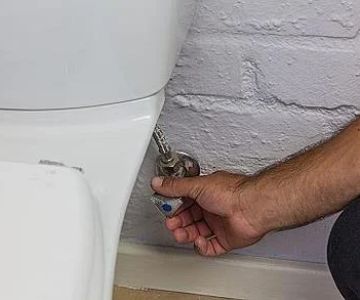
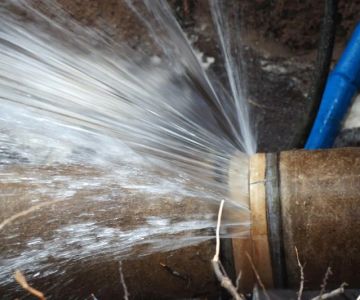


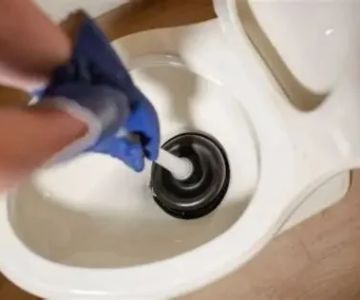
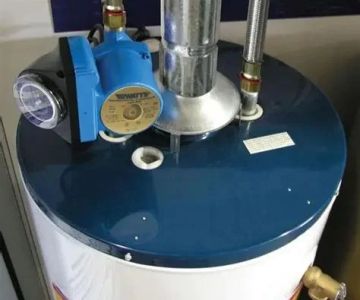
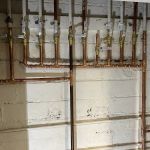 Corsillo Plumbing & Sewer Cleaning Co.4.0 (63 reviews)
Corsillo Plumbing & Sewer Cleaning Co.4.0 (63 reviews) Roto-Rooter Plumbing & Drain Services4.0 (85 reviews)
Roto-Rooter Plumbing & Drain Services4.0 (85 reviews) Sulfridge Plumbing5.0 (4 reviews)
Sulfridge Plumbing5.0 (4 reviews) JBJ Plumbing and Heating Solutions LLC4.0 (240 reviews)
JBJ Plumbing and Heating Solutions LLC4.0 (240 reviews)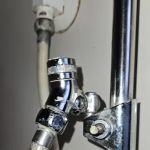 Kline & Kavali Mechanical Contractors4.0 (25 reviews)
Kline & Kavali Mechanical Contractors4.0 (25 reviews) Plymouth Plumbing and Sewer Service4.0 (144 reviews)
Plymouth Plumbing and Sewer Service4.0 (144 reviews)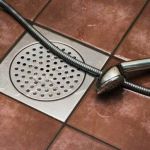 How to Replace an In-Wall Shower Drain
How to Replace an In-Wall Shower Drain The Differences Between PVC, CPVC, and PEX Pipes: A Complete Comparison
The Differences Between PVC, CPVC, and PEX Pipes: A Complete Comparison How to Choose Fixtures for a Water-Smart Bathroom
How to Choose Fixtures for a Water-Smart Bathroom How to Replace a Broken Toilet Bowl: Step-by-Step Guide for Homeowners
How to Replace a Broken Toilet Bowl: Step-by-Step Guide for Homeowners How to Detect a Hidden Slab Leak: A Complete Guide for Homeowners
How to Detect a Hidden Slab Leak: A Complete Guide for Homeowners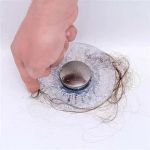 How to Replace a Tub Drain With Hair Trap Feature
How to Replace a Tub Drain With Hair Trap Feature